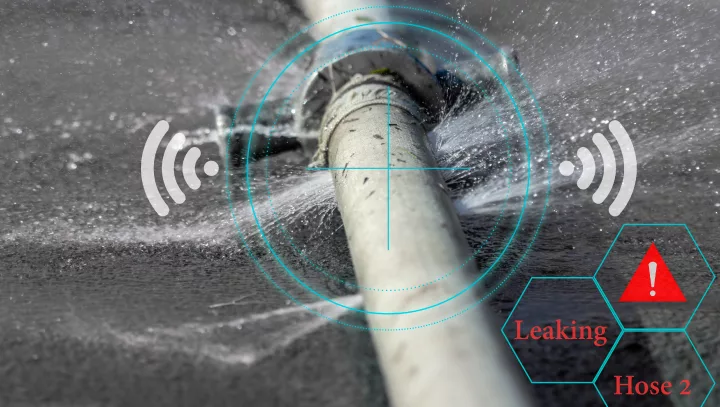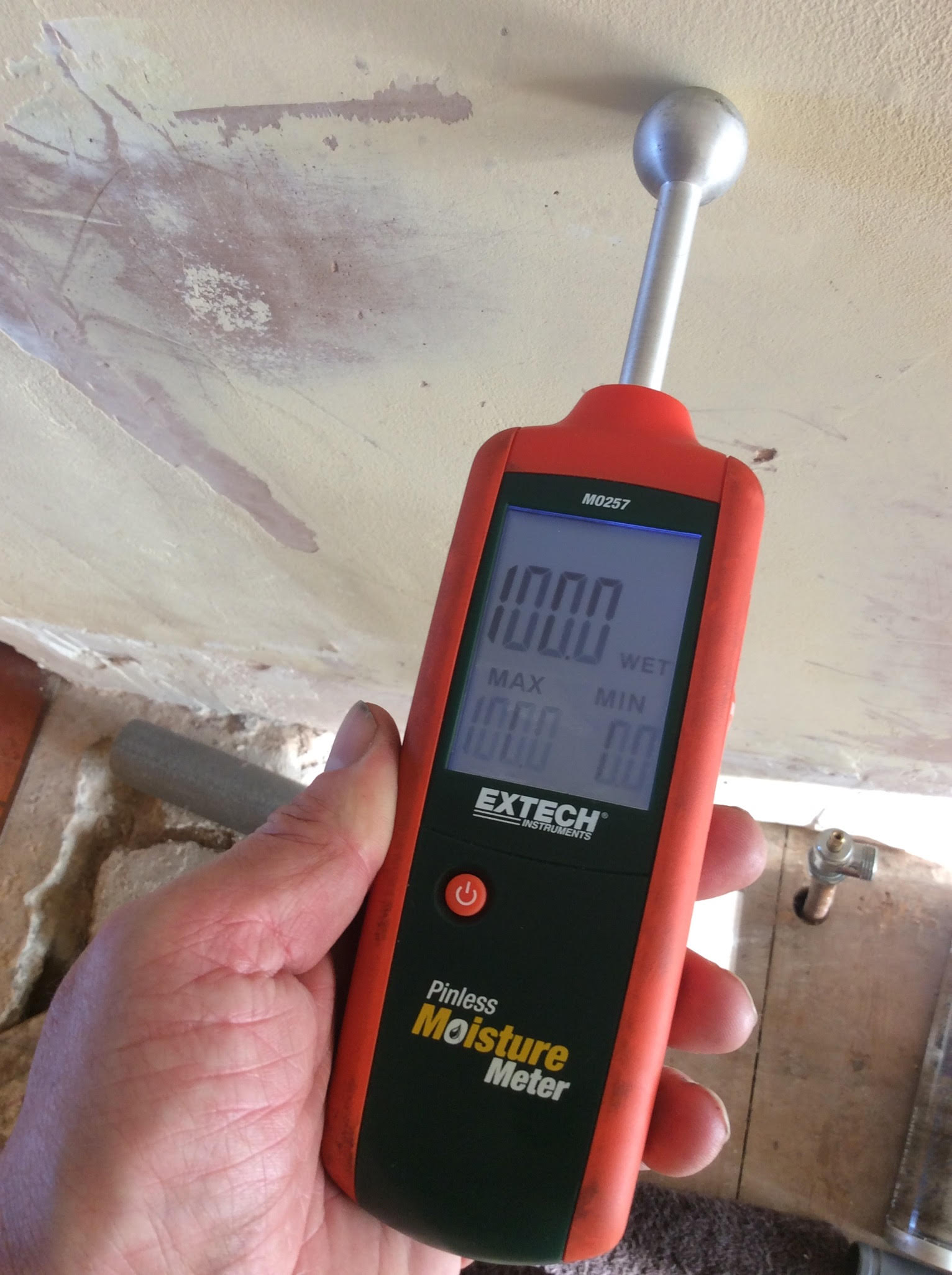Innovative Solutions for Early Detection of Water Leaks in Buildings and Facilities
From sophisticated leakage detection innovations to the implementation of IoT sensing units for real-time tracking, the landscape of leakage avoidance is advancing swiftly. Automated water circulation analysis systems are reshaping exactly how leakages are recognized and addressed, paving the way for an aggressive approach to water leak detection.
Advanced Leak Discovery Technologies
Advanced leakage discovery technologies, equipped with sophisticated sensors and algorithms, play an important function in swiftly recognizing and pinpointing water leakages in different setups. Electromagnetic sensing units can identify adjustments in electromagnetic areas caused by water, supplying yet another layer of leakage detection capacity.

IoT Sensors for Real-Time Tracking
In the world of contemporary water leak discovery, the integration of IoT sensing units for real-time surveillance stands for a pivotal advancement in boosting positive leak discovery abilities. These sensing units provide constant surveillance of water systems, supplying real-time data on water flow prices, pressure variations, and temperature level modifications. By leveraging IoT modern technology, these sensing units can spot even the smallest abnormalities in water use patterns, enabling very early identification of prospective leaks prior to they escalate into major issues.
IoT sensors send data to a centralized system, where advanced formulas assess the details and produce notifies or notices when irregularities are discovered. This real-time surveillance ability enables residential property owners or center supervisors to quickly attend to leakages, minimizing water damage, lowering fixing costs, and saving water resources.
Additionally, IoT sensors can be integrated with structure administration systems, allowing for automated reactions to discovered leakages, such as shutting down water shutoffs or activating pumps to alleviate the influence of leakages. Generally, the implementation of IoT sensors for real-time tracking dramatically enhances the performance and efficiency of water leak detection in structures and framework.
Artificial Intelligence Algorithms for Leak Forecast

One trick benefit my latest blog post of utilizing artificial intelligence for leakage prediction is its ability to continually find out and boost its precision in time. As more data is gathered and fed right into the formula, it can improve its forecasts and adapt to transforming conditions, eventually increasing the integrity of leakage discovery systems.
In addition, artificial intelligence algorithms can assist in determining refined signs of leaks that may go unnoticed by typical monitoring techniques. water leak detection. By assessing complex data collections in real-time, these formulas can provide early cautions and notifies, permitting for timely treatment and precautionary upkeep to mitigate prospective water damages and connected costs
Making Use Of Thermal Imaging for Leak Detection
Thermal imaging technology provides an encouraging approach for identifying water leaks in various systems and frameworks. By utilizing infrared radiation and temperature level differences, thermal imaging cameras can determine surprise leaks that are not easily visible to the nude eye. When water escapes from pipes or structures, it usually changes the temperature of the surrounding location, developing temperature differentials that thermal video cameras can record. These temperature level abnormalities are then translated into visible pictures, highlighting the precise location of the leak.
Among the key advantages of thermal imaging for leakage discovery is its non-intrusive nature. Unlike typical approaches check this site out that might call for burglarizing wall surfaces or floorings to find leaks, thermal imaging enables non-destructive testing. This not only conserves time and lowers prices yet also minimizes disruption to the structure or framework being examined. Furthermore, thermal imaging can rapidly scan large locations, supplying an extensive overview of potential leakage sources in a timely fashion. Generally, the usage of thermal imaging technology enhances the performance and accuracy of water leak discovery, making it a useful tool for keeping the stability of buildings and infrastructures.
Automated Water Circulation Analysis Equipments
Exactly how can computerized water flow analysis systems revolutionize the discovery and monitoring of leakages in various systems and infrastructures? Automated water flow analysis systems provide a positive method to leakage detection by constantly keeping track of water flow prices and patterns. By establishing standard information, these systems can promptly determine variances that may indicate a leakage, allowing prompt intervention to stop extensive damages.
These systems make use of innovative algorithms to examine real-time data and offer prompt signals when anomalies are spotted, enabling quick action to be taken. Additionally, automated water circulation evaluation systems can be incorporated with building management systems or IoT systems, improving total performance and making it possible for remote monitoring capabilities.
Additionally, the data accumulated by these systems can be used for predictive upkeep objectives, assisting to identify potential weak points in the framework before leakages occur. Overall, the application of automated water flow evaluation systems can considerably improve leakage detection and management techniques, eventually leading to set you back financial savings, decreased water wastage, and increased sustainability in structures and framework.

Verdict
In conclusion, the integration of innovative leakage detection modern technologies, IoT sensing units, artificial intelligence formulas, thermal imaging, and automatic water flow analysis systems supplies cutting-edge options for very early discovery of water leakages in buildings and facilities. These technologies make it possible for real-time surveillance, forecast of leakages, and efficient discovery approaches to avoid water damage and wastage. Implementing these remedies can aid see post in maintaining the stability and sustainability of water supply in different settings.